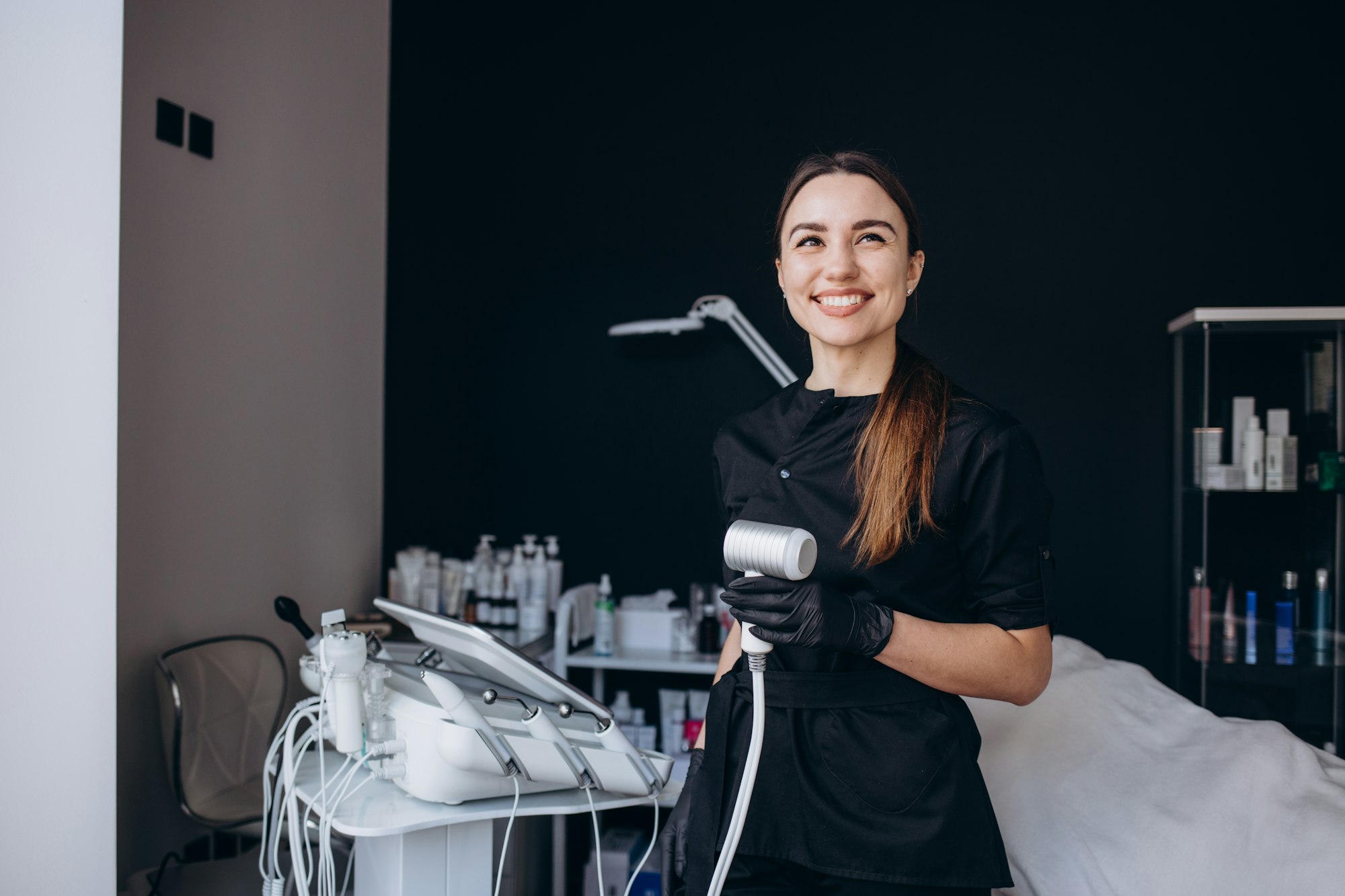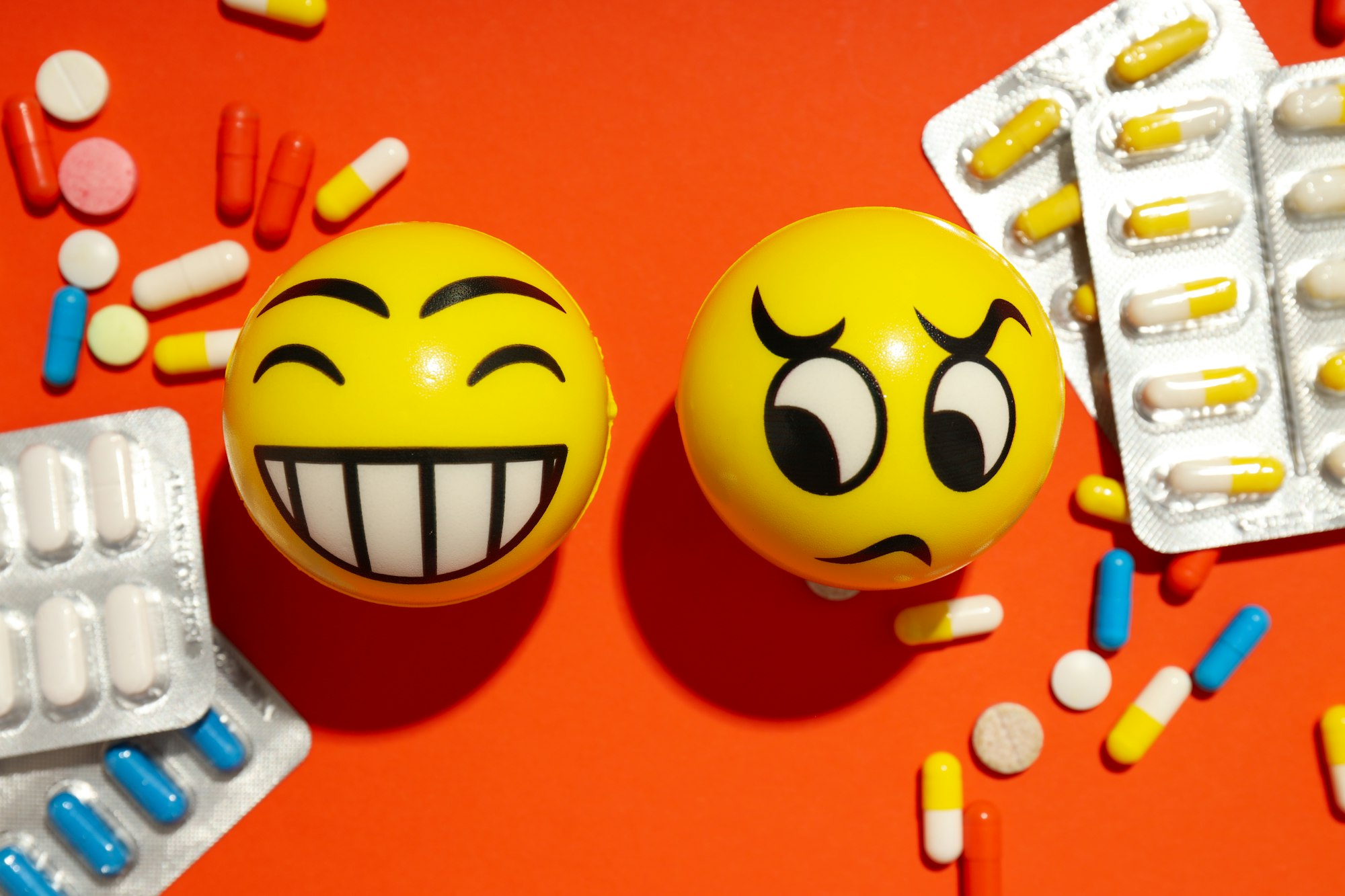- 31 March, 2024
- by Ava
- in Emotional Health, Holistic Health
- No comments yet
Cryotherapy
Freeze The Past and Heal The Future
What is Cryotherapy?
Cryotherapy involves brief exposure to extremely cold temperatures, typically ranging from -200 to -300 degrees Fahrenheit, to promote various potential health benefits. This increasingly popular modality utilizes specialized cryotherapy chambers or localized cold-therapy devices. Cryotherapy finds applications within both athletic recovery and holistic wellness practices.
How Can Cryotherapy Help You?
Cryotherapy is theorized to work by triggering a systemic physiological response in the body. The extreme cold may offer the following potential benefits:
- Reduction of Inflammation: Cryotherapy may limit inflammatory processes, potentially aiding in pain management and reducing swelling.
- Pain Relief: The cold may decrease nerve signals and provide temporary numbing, offering potential pain relief.
- Improved Recovery: Cryotherapy is often used by athletes to accelerate muscle recovery after strenuous exercise.
- Circulation Boost: The initial constriction of blood vessels followed by their dilation upon rewarming may promote improved circulation.
- Mental Health Support: Some research suggests cryotherapy may positively impact mood and decrease stress levels.
What is Cryotherapy Good For?
Cryotherapy is explored as a potential wellness tool for various conditions and goals:
- Sports Recovery: Athletes may use cryotherapy to reduce muscle soreness and inflammation after intense workouts.
- Chronic Pain Conditions: Cryotherapy may offer temporary relief from pain associated with conditions like arthritis and fibromyalgia.
- Skin Conditions: Localized cryotherapy is sometimes used to treat skin conditions such as eczema or psoriasis.
- Mood and Energy Boost: Some individuals report improved mood, reduced fatigue, and a sense of revitalization after cryotherapy.
- Weight Management Support: Though research is limited, cryotherapy has been explored as a potential supplementary tool for boosting metabolism and weight loss efforts.
Benefits of Cryotherapy
While research is ongoing, potential benefits of cryotherapy include:
- Reduced Muscle Soreness: May temporarily alleviate muscle aches and pains.
- Faster Recovery Time: Potentially decreases recovery time for athletes after significant exertion.
- Pain Management: May provide temporary pain relief for chronic conditions.
- Improved Sleep: Some research suggests cryotherapy may lead to improved sleep quality.
- Potential Mood Boost: Cold exposure may trigger the release of endorphins with a mood-enhancing effect.
What to Expect from Cryotherapy with a Practitioner
Here’s a breakdown of what you might experience during a typical cryotherapy session:
- Consultation: Discuss your health history and goals with the cryotherapy provider.
- Safety Precautions: Appropriate protective gear (gloves, socks) will be provided to prevent frostbite.
- Entering the Chamber: Typically involves whole-body cryotherapy in a specialized chamber.
- Brief Exposure: Sessions are short, usually 2-3 minutes, with exposure to extremely cold air.
- Post-Session: You may experience mild tingling or a “pins-and-needles” sensation as your body rewarms.
Similar Modalities to Cryotherapy
Other wellness practices involving cold exposure include:
- Cold Water Immersion: Submerging the body in cold water (such as an ice bath) for short periods.
- Contrast Therapy: Alternating between hot and cold water treatments.
- Localized Cold Therapy: Applying ice packs or cold compresses to targeted areas.
Final Thoughts
Cryotherapy is an emerging wellness modality gaining popularity for its potential benefits in pain relief, recovery, and overall well-being. While more research is needed to fully understand its long-term effects, cryotherapy offers a promising avenue for individuals seeking holistic, non-invasive approaches to support their health goals.
Scientific References
- Costello, J. T., Culligan, K., Selfe, J., & Donnelly, A. E. (2012). Muscle, skin and core temperature after −110°c cold air and 8°c water treatment. PloS one, 7(10), e48190. https://doi.org/10.1371/journal.pone.0048190
- Hohenauer, E., Taeymans, J., Clarys, P., Clijsen, R., & Van Huffel, S. (2018). The effect of post-exercise cryotherapy on recovery characteristics: A systematic review and meta-analysis. PloS one, 13(9), e0203923. https://doi.org/10.1371/journal.pone.0139028
- Lubkowska, A., Szyguła, Z., Chlubek, D., & Banfi, G. (2020). The effect of whole-body cryotherapy on oxidative stress in athletes. Oxidative medicine and cellular longevity, 2020. https://doi.org/10.3389%2Ffpsyt.2020.00522
Recommended Reading
- Fife, J. (2016). The Anti-Inflammation Diet and Recipe Book: Protect Yourself and Your Family from Heart Disease, Arthritis, Diabetes, Allergies–and More. Fair Winds Press.
- Gatterer, H., Dünnwald, T., Turner, R., Csapo, R., Schobersberger, W., Burtscher, M., … & Kennedy, M. D. (2021). Practicing sport in cold environments: practical recommendations to improve sport performance and reduce negative health outcomes. International journal of environmental research and public health, 18(18), 9700. https://doi.org/10.3390/ijerph18189700
- North, F. (2023). Chill: The Cold Water Therapy Way to a Happier, Healthier Life. Simon & Schuster.
Cryotherapy
Is cryotherapy safe?
Cryotherapy is generally considered safe for most healthy individuals when performed under supervision in a professional setting. However, it’s not recommended for people with certain medical conditions like severe cardiovascular problems or uncontrolled high blood pressure.
Are there any side effects associated with cryotherapy?
Common side effects may include temporary redness, numbness, or tingling sensations in the skin. Less frequent side effects might include skin irritation or minor frostbite if proper safety protocols are not followed.
How frequently can I do cryotherapy?
The frequency depends on your individual needs and goals and should be discussed with a cryotherapy provider or healthcare professional. For athletic recovery, more frequent sessions (several times per week) may be appropriate, while others may benefit from less frequent use.
How does cryotherapy differ from an ice bath?
Both involve cold exposure, but cryotherapy uses extremely cold air for a short duration, while ice baths involve submersion in cold water for longer periods. Cryotherapy is often claimed to trigger a more systemic response than ice baths.
Can cryotherapy help with weight loss?
While some studies suggest a potential minor metabolic boost after cryotherapy, it shouldn’t be considered a primary weight-loss method. Its role in weight management, if any, remains to be fully established.




